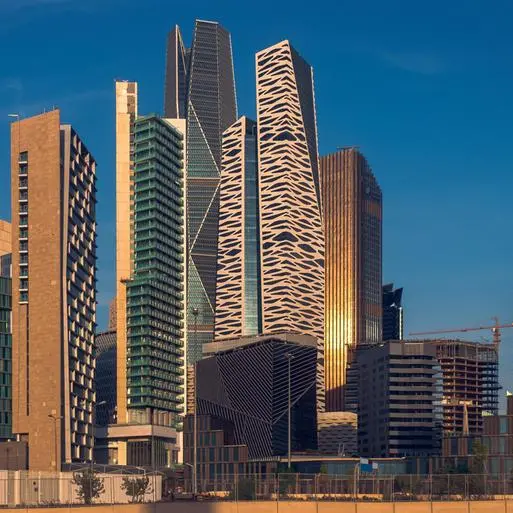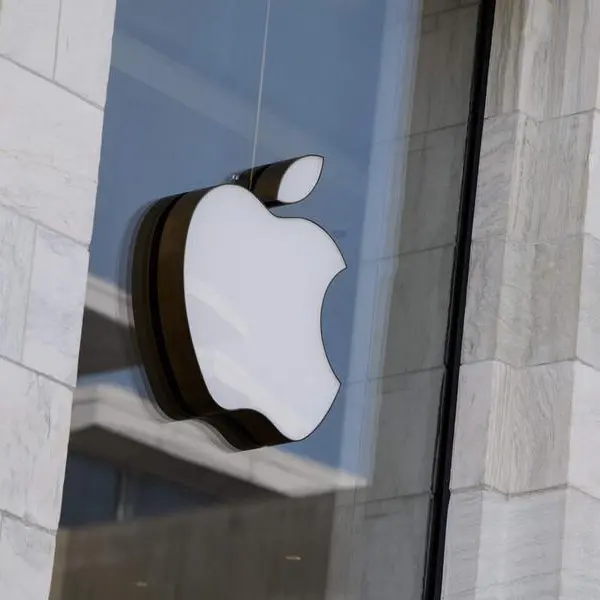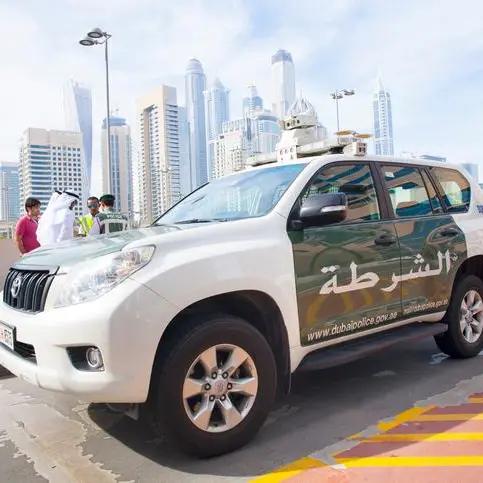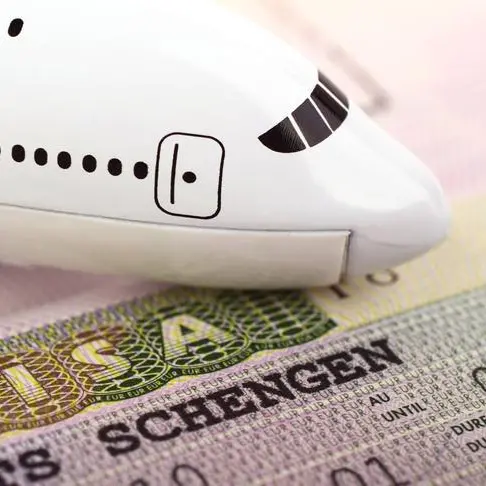Offshore centers have always competed with each other to attract business based on location, the ease of doing business and the cost of doing business. The last involves the rate of taxes levied on profits. The news that the UAE will introduce a new 9 percent corporation tax on business profits above 375,000 dirhams ($102,096) effective from June 1, 2023, has not come as a surprise. However, the UAE’s planned corporation tax will still be lower than the other five GCC countries, which range from 10 percent for Qatar, 15 percent for Oman and Kuwait, and 20 percent for Saudi Arabia. All these are still below other tax jurisdictions. The average top corporate tax rate among EU countries is 21.3 percent, 23.04 percent among OECD countries, and 69 percent in the G7, according to the US-based Tax Foundation.
UAE authorities seem confident that the planned corporate tax levy, with its long implementation time frame, will not undermine the attraction of the Emirates as a low-tax haven, and that the move is in line with the general trend in the Gulf Cooperation Council countries to diversify their source of revenues away from hydrocarbon income dependency, and follows on the introduction of Value Added Taxation in Gulf countries.
In fact, it was the UAE along with Saudi Arabia that first introduced VAT in 2018 on most goods and services at a standard rate of 5 percent, followed by a 20 percent tax on branches of foreign banks operating in the Emirates, along with a significant 55 percent levied on the concession agreements profits in the oil and gas sector. Saudi Aramco does not operate such a concession agreement with foreign energy companies. But businesses in the UAE will still be exempted from paying taxes on capital gains and dividends from shareholders. Corporate tax incentives offered to free zone businesses that do not conduct business onshore are unaffected. Withholding taxes on domestic and cross border payments will not be imposed. Foreign investors who do not carry on business in the UAE will not be subject to the new taxes. Saudi Arabia introduced its VAT at 15 percent from July 1, 2020.
These two major GCC economies have left intact the exemption for individual income tax on foreigners, which is welcomed by the large expatriate labor force in both countries, despite those arguing for some form of tax-on remittances above certain levels but exempting most lower-level remittances.
The UAE has extensive double tax treaties with other countries to ensure that the new proposed corporate tax is not unfairly levied and that the UAE remains a world-leading hub open for business, as the lack of double tax agreements in some GCC countries had blunted their attractiveness. But taxation levels alone will not attract world-class business to locate to the Gulf as this requires transparent legal, accounting and regulatory frameworks in operation, especially if the aim is to promote this Gulf country as a world-class financial center. The key for success for these competing GCC financial centers is to differentiate themselves instead of cloning each other.
For many years, Bahrain held the crown as the self-proclaimed financial capital of the Middle East, but in the past decades the crown has slipped, as Bahrain has been overtaken by better funded rivals with more modern infrastructure, with Dubai the first serious challenger with its Dubai International Financial Center, followed by Qatar’s Financial Center, which sees itself as more of a niche player than a full service financial center. In Saudi Arabia, the King Abdullah Financial City is promising to dominate the Gulf’s financial sector given the pipeline of government projects and listings of Saudi and joint venture companies, that by sheer size and liquidity, will dwarf the others in Bahrain, Qatar and Oman, and compete with Dubai.
Some believe that financial centers such as London have grown because of the innate skills of its financial labor force, but in essence, London flourished in recent years because it attracted the best financial players from the world, as foreign banks and financial institutions were drawn to London as a convenient and cost-effective place to do business.
This model of competitive location demonstrated that the international financial market business is mobile and that if other locations are more cost-effective and convenient, then major players will locate elsewhere. This is where the aspiring Gulf financial centers can play other trump cards besides low corporate tax rates, leveraging on their business time zone location straddling Asia, the Middle East, US and European trading time zones. But depending on time zone advantage alone is not enough for Gulf financial centers, as they will also need to introduce other services to give depth. The UAE introduced in March 2021 the energy Murban contract benchmark on the ICE Futures Abu Dhabi exchange, for ADNOC’s futures crude oil sales to trade about 2 million barrels per day.
In conclusion, however preeminent a financial center may be and however powerful its host economy, it will lose business to other players if it does not remain competitive and innovative. A lower rate of corporate taxation certainly helps, but delivering other niche services such as international sukuks and green-energy bonds will ensure that some GCC financial centers remain attractive to international companies.
At the same time, the UAE move will remove some of the tarnish associated with nil rate offshore tax havens that are magnets for money laundering and negligible oversight, and bring it in line with international regulations.
• Dr. Mohamed Ramady is a former senior banker and Professor of Finance and Economics, King Fahd University of Petroleum and Minerals, Dhahran.
Copyright: Arab News © 2022 All rights reserved. Provided by SyndiGate Media Inc. (Syndigate.info).











